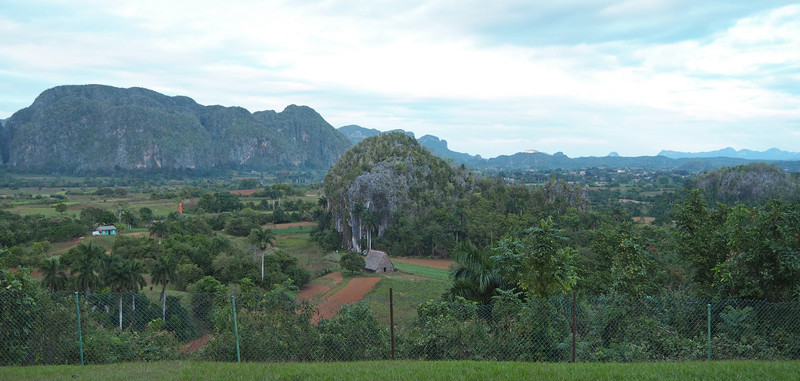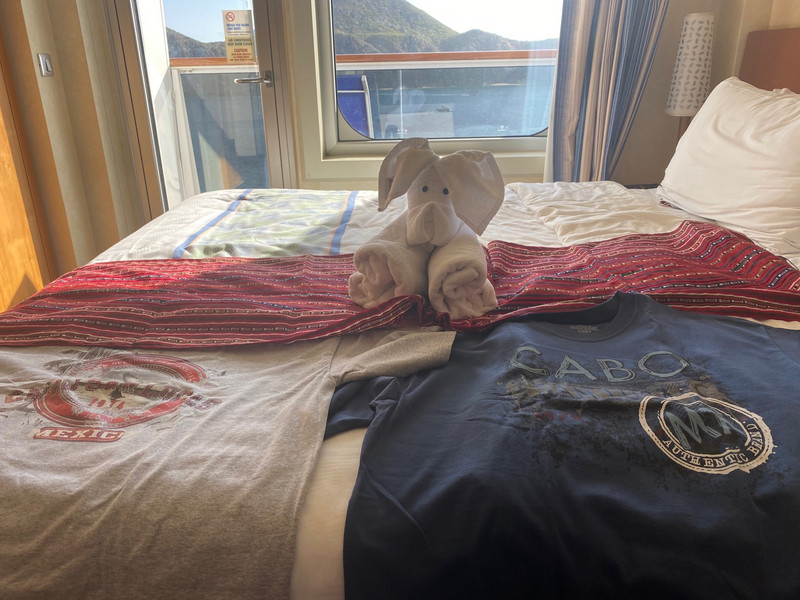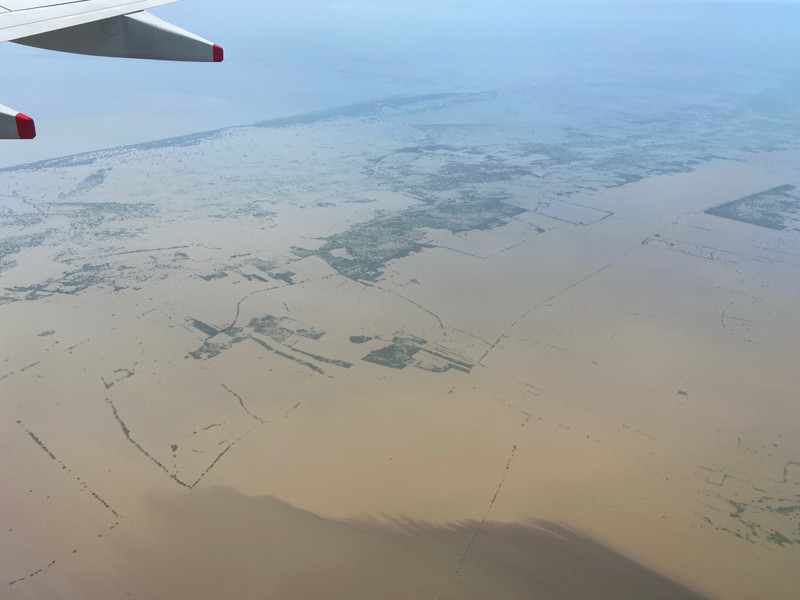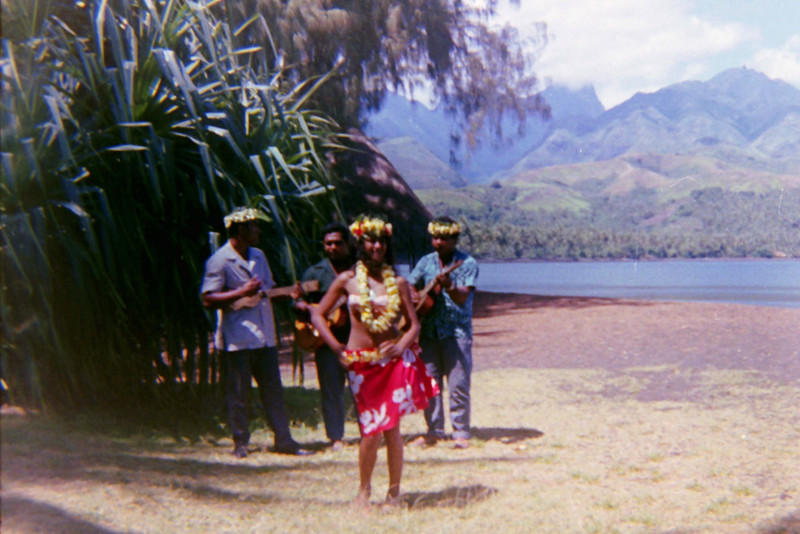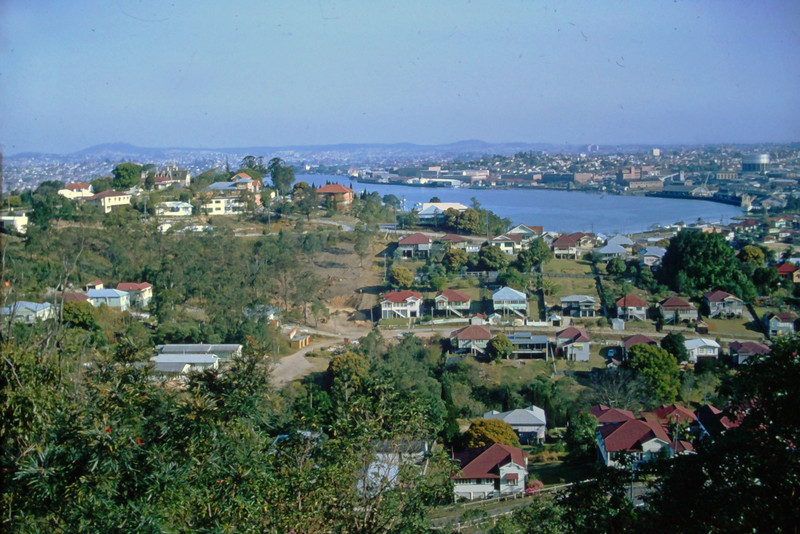At 6:30 pm I am sitting on a swinging chair overlooking the astounding Viales Valley, a World Heritage site. An almost full moon is shining down the valley. Rounded karst mountains stretch along the horizon, facing into the dusk. The hotel is called the Horizontes Los Jazmines, because some rooms (as is our privilege) range along a downwards slope opposite the mountains, all with this breathtaking view.
We arrived here after a long day of driving and sight seeing. Leaving Havana was a history lesson through architecture. Just outside the city centre is the district of Miramar, which in the 1930s was built by the monied to escape the press of ordinary people. Further on, in the 1940s and 1950s, diplomats, cronies of Batista, and the mafia built larger and more lavish mansions to suit their power and wealth. As soon as revolution took hold (1958) they hastily moved to their second homes in Miami, expecting to return in no time. When the revolution took hold, the state appropriated these buildings, mainly for schools and state offices. Later, a housing crisis added another district of basic apartments, now quite highly valued just for being in Havana. Further development built nicer apartments, plus
pleasure parks. Now hotels are rising as a consequence of tourism, cultivated as the growth engine for the Cuban economy.
In the countryside, the land has a slight roll to it, dotted with trees and bushes. Although the main highway (6 lanes) was efficient, it introduced us to the Special Time. This is the term Cubans use for the period of deprivation following the collapse of the Soviet Union, that is, when huge loans from the Soviet Union for infrastructure projects were cancelled. Daniel told us that the access roads to some overpasses were and potholes are minimally repaired. Nevertheless, for miles I saw workers trimming decorative hedges and tractors cutting the grass.
Traffic diminished noticeably as we drove further from Havana. Vehicles were a picturesque mixture of buses, transport trucks of unidentifiable age, modern European cars, classic cars (antique US cars abandoned by those who fled), electric bikes (scooters), and carts pulled by horses. At almost every junction and overpass, a few to a dozen people were standing to hitch a ride, a normal mode of transport in the country. Sharing rides is an official policy since the renewed US embargo. Sometimes a state
official was at an underpass to stop state cars and make them give rides to people going in the same direction. I didnt see that, but I did see an inspector stop a car for some reason.
The fun part of our day was spent at the Sierra del Rosario Biosphere Reserve, which was created as a model village and reforestation project. With those massive Soviet infusions of capital, a large deforested hill was dug and scraped into terraces, where trees were planted by the people of the village, who gave up charcoal production. The village was redeveloped with good housing, medical services, a school, a ration shop, a general shop and a library. Now the villagers, and others, maintain the forest and other biosphere features, support tourism in this ecofriendly project, and work in the school or shops. Las Terrazas is undoubtedly a success, but it has proved not to be a model for other projects, because of the special conditions in the location and because of the great expense.
We stopped at the school to learn about it from the principal. Obviously very proud of the schools high standing nationally, he informed us that there
were 272 students and 70 staff, of whom 48 were teachers. The students attend from to about Grade 10. After that they go to or to trade school, the proportions of which are decided by the state. The senior school was 37 km away, and the students families were responsible for transportation. They study all the usual subjects, including IT. The challenge is that there are only ten networked screens.
